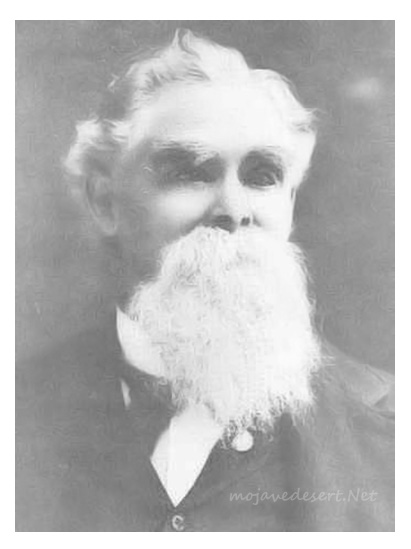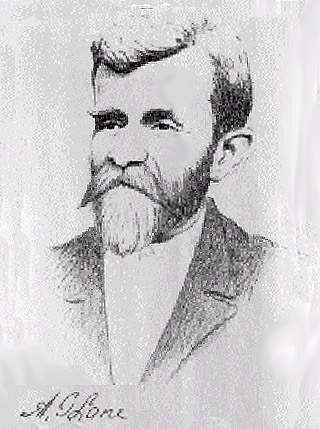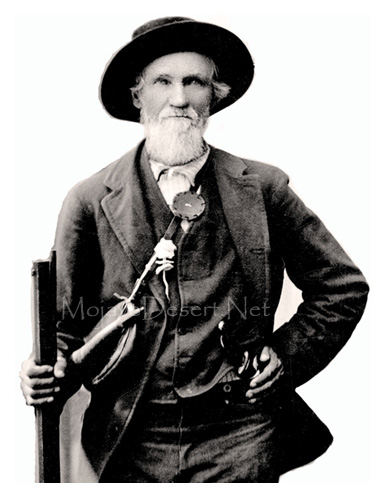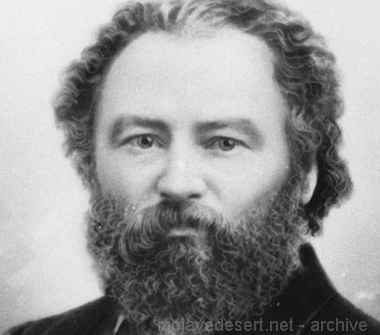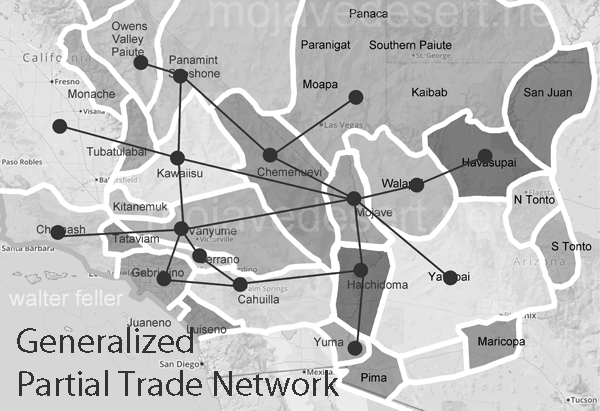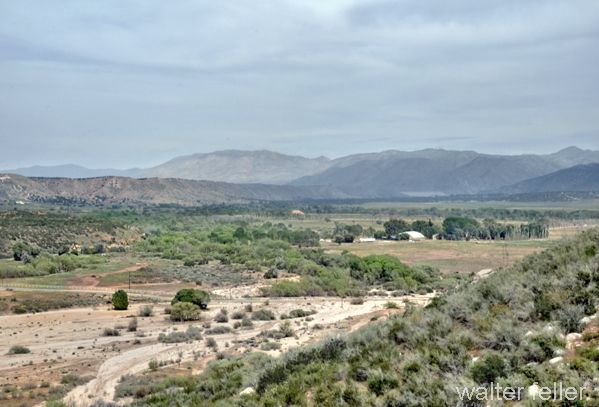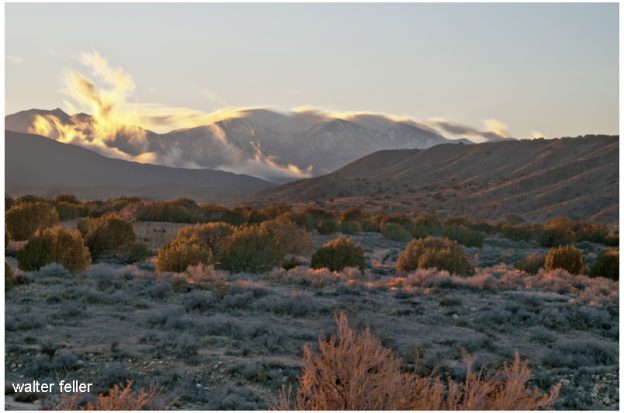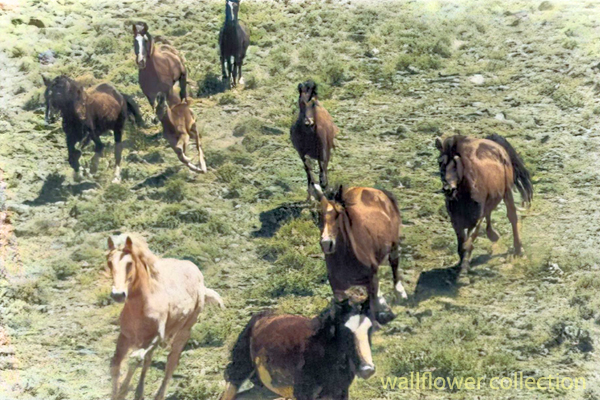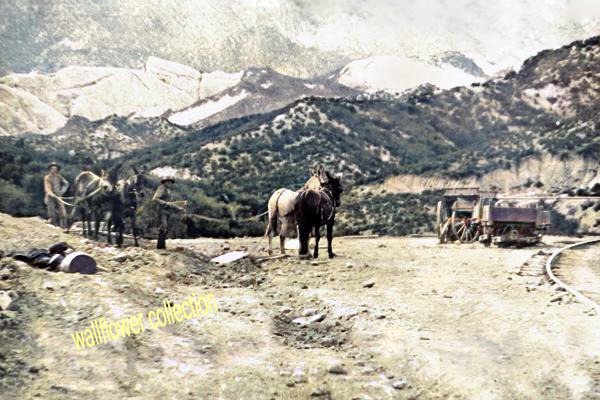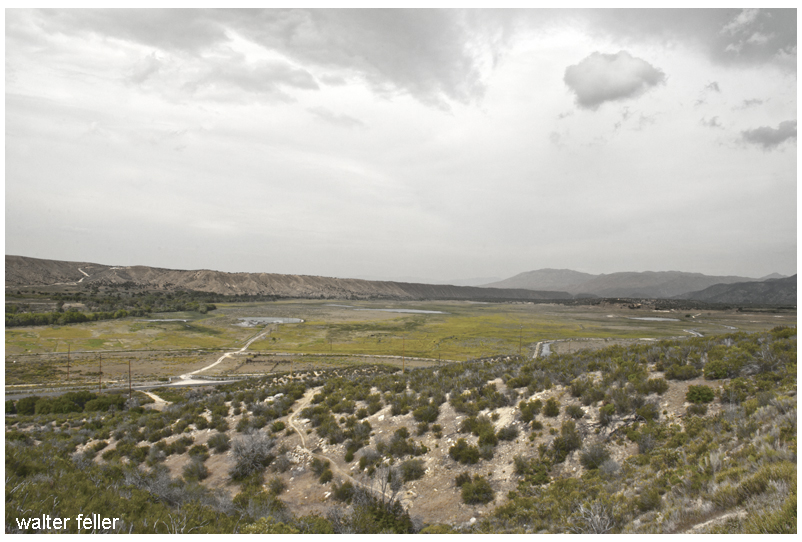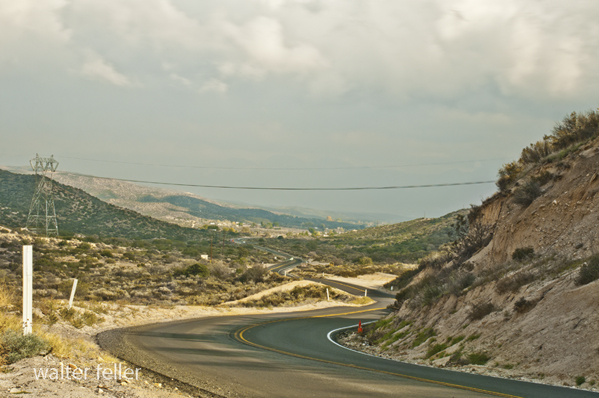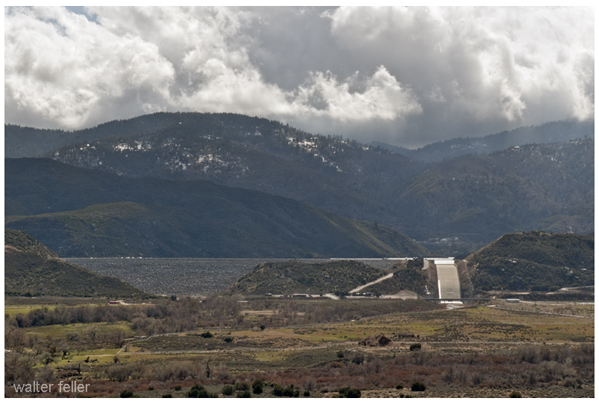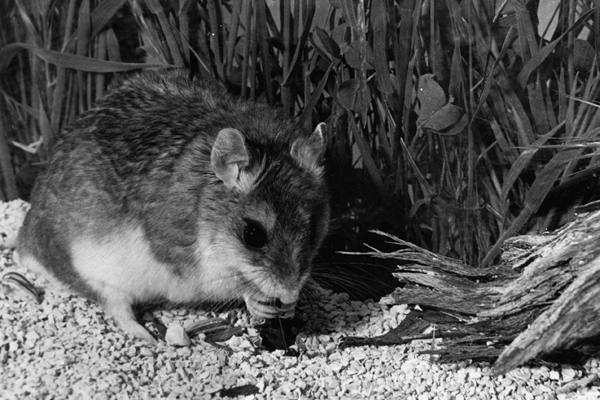The Butterfield Overland Mail was a pioneering mail and passenger service that operated from 1858 to 1861. It was established by John Butterfield, who won a federal contract to transport mail twice a week between St. Louis, Missouri, and San Francisco, California, in 25 days or less. This service, known as the Butterfield Overland Trail, was crucial in connecting the eastern United States with the burgeoning populations on the West Coast. The route’s significance to California, in particular, cannot be overstated, as it facilitated communication, commerce, and the integration of the state into the broader national framework.
The Establishment of the Route
In 1857, the U.S. Congress awarded Butterfield a $600,000-a-year contract to establish an overland mail route. This contract was the largest land-mail contract ever awarded in the United States at the time. The route began from two eastern termini on the Mississippi River at St. Louis, Missouri, and Memphis, Tennessee. It converged and followed a southerly course through Missouri, Arkansas, Texas, New Mexico, and Arizona before heading north through California to its western terminus in San Francisco. The southern path, known as the Oxbow Route, was chosen to avoid the harsh winter conditions of the Rocky Mountains.
Challenges and Operations
The undertaking was enormous. In association with the principals of Wells Fargo & Co., Butterfield invested over a million dollars to organize the stage line. This investment covered building or repairing roads and bridges, establishing and staffing about 150 stations, and purchasing stagecoaches, wagons, horses, mules, and feed. Additionally, water wells had to be dug, and mountain passes had to be cleared. The route’s operation required the coordination of 800 employees, from drivers and station keepers to blacksmiths and cooks.
Travel along the Oxbow Route was by stagecoach, which left twice a week carrying passengers, freight, and mail. The stagecoaches averaged 100 miles daily, ensuring that mail could be delivered to San Francisco within 25 days. Despite the logistical challenges, including the lack of water and conflicts with Native American tribes, the Butterfield Overland Mail managed to operate remarkably efficiently.
California’s Segment of the Route
The California segment of the Butterfield Overland Trail was particularly significant. After crossing the Colorado River near Fort Yuma, the route entered California and proceeded through the desert and mountain landscapes. Key stops included Los Angeles, where the stagecoaches resupplied and passengers rested, and San Francisco, the final terminus. The route’s passage through California was essential for integrating the state’s economy and population with the rest of the country.
Impact on California
The Butterfield Overland Mail significantly impacted California’s development. Providing a reliable and relatively fast mail service helped integrate California’s economy with the rest of the nation. The route facilitated commerce, allowing businesses to send and receive correspondence and goods more efficiently. It also enabled more effective governmental communication, which was crucial for the governance and development of the rapidly growing state.
Moreover, the Butterfield Overland Mail played a vital role in shaping California’s social and cultural landscape. The service brought many people, including settlers, businesspeople, and adventurers, who contributed to the state’s diverse population. The stagecoach route also supported infrastructure development, such as roads and stations, which continued to benefit the state long after the service ended.
Challenges and Legacy
Despite its success, the Butterfield Overland Mail faced numerous challenges. The harsh desert and mountain environments, the threat of Indian attacks, and the logistical difficulties of maintaining such an extensive route were significant obstacles. The onset of the Civil War in 1861 led to the suspension of the Butterfield Overland Mail as the route was deemed vulnerable to Confederate attacks. The U.S. government rerouted mail delivery to the Central Overland Trail, which was shorter and considered safer.
The legacy of the Butterfield Overland Mail endures as a symbol of American enterprise and determination. It demonstrated the feasibility of a transcontinental mail service and paved the way for future developments in communication and transportation. The route’s influence on California’s integration into the United States and its contribution to its economic and social development are lasting testaments to its significance.
In conclusion, the Butterfield Overland Mail was a monumental achievement in American history. Its establishment and operation represented a significant advancement in communication and transportation, particularly for California. Despite its relatively short operation, the service profoundly impacted the state’s development and integration into the broader national framework. The Butterfield Overland Mail symbolizes the pioneering spirit and the relentless pursuit of progress that characterized the era.
Butterfield Overland Trail National Historic Trail Special Resource Study (May 2018)
Butterfield Overland National Historic Trail Special Resource Study/Environmental Assessment Trail Study News (January 2012)
Butterfield Overland Trail Special Resource Study/Environmental Assessment Scoping Report (September 2012)
Butterfield Overland Trail Special Resource Study Press Release — Termination of Environmental Assessment (December 7, 2016)
Butterfield Overland National Historic Trail Map (c2012)
Committee Report: Butterfield Overland Mail (extract from The Chronicles of Oklahoma, Vol. 36 No. 4, Winter 1958-1959)
Designation of the Butterfield Overland National Historic Trail Public Law 117-345 136 Stat. 6196 (January 5, 2023)
Maps: Arizona • Arkansas • California-North • California-Central • California-South • Missouri • New Mexico • Texas-East • Texas-West • Texas & Oklahoma (c2012)
Marking the Butterfield: Retracing the Indian Territory Segment of the 1858-61 Butterfield Overland Mail Stagecoach Road (Susan Penn Dragoo, extract from The Chronicles of Oklahoma, Vol. 97 No. 1, Spring 2019)
Potts’ Inn (Jack E. Porter, January 11, 1970)
Significance Statement: Butterfield Overland Trail (proposed National Historic Trail) (April 9, 2013)
The Butterfield Overland Mail Company (Mary A. Helmich, 2008)
The Butterfield Overland Mail One Hundred Years Ago (Muriel H. Wright, extract from The Chronicles of Oklahoma, Vol. 35 No. 1, Spring 1957)
The Overland Mail 1849-1869 (Le Roy R. Hafen, 1926)
